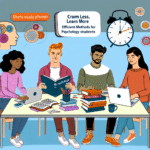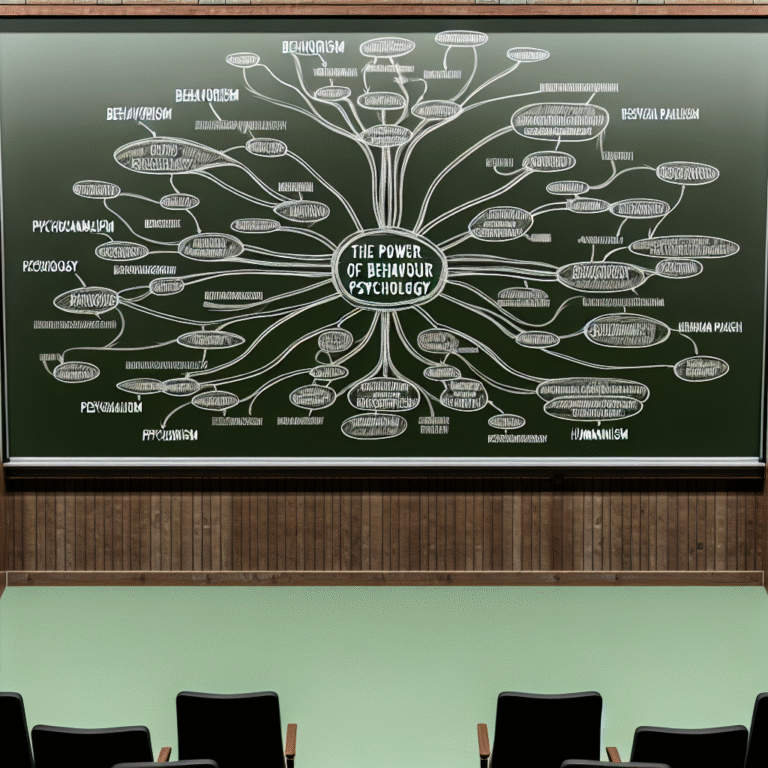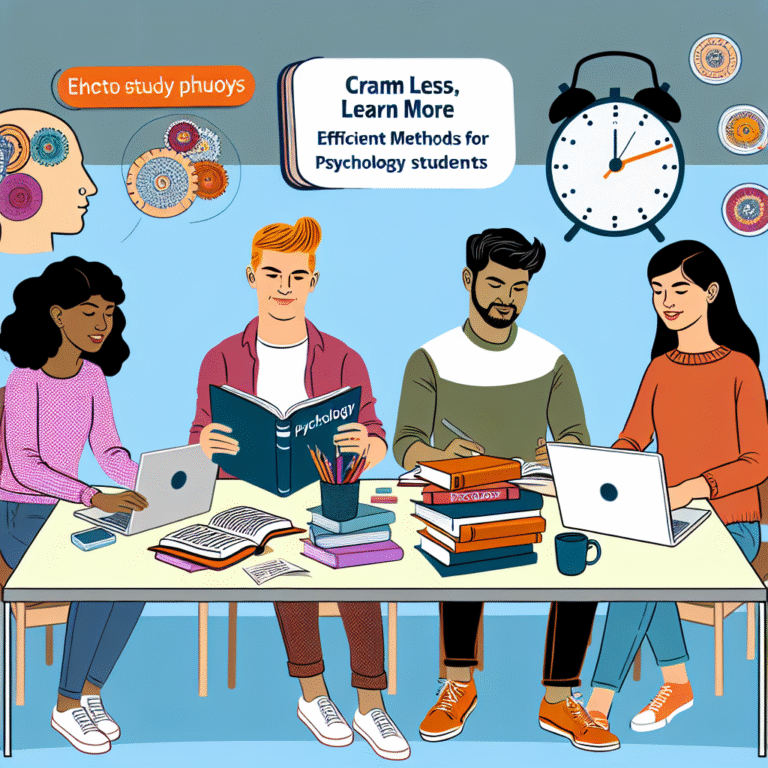
Creating Inclusive Classrooms: The Essential Importance of Learning Disability Accommodations

Introduction
In today’s diverse educational landscape, the classroom is a microcosm of society—filled with students with unique backgrounds, experiences, and abilities. Among them are students with learning disabilities, who frequently encounter significant obstacles in gaining equal access to the curriculum. The notion of Creating Inclusive Classrooms: The Importance of Learning Disability Accommodations is not just a legal obligation—it’s a moral imperative that can fundamentally change the way students learn and succeed.
Imagine a classroom where every child feels valued and empowered to participate actively. Accommodations tailored to individual learning needs bridge gaps and unlock potential in such environments. This article will delve deeply into the vital importance of learning disability accommodations in creating inclusive classrooms, showcasing its advantages and providing practical insights for educators and administrators alike.

The Foundation of Inclusive Education
Understanding Learning Disabilities
First, let’s define learning disabilities. These are neurological conditions that affect how an individual processes information. Common types include dyslexia, dyscalculia, and ADHD. According to the National Center for Learning Disabilities, approximately 1 in 5 children suffers from a learning disability. This statistic underscores the urgent need for inclusive educational practices.
The Concept of Inclusion
Creating inclusive classrooms goes beyond merely accommodating students with disabilities; it fosters an environment where all students learn from each other and feel a sense of belonging—inclusion advocates for a ‘whole-child’ approach that values diverse learning styles and promotes equity.
The Crucial Role of Learning Disability Accommodations
1. Individualized Teaching Strategies
Case Study: In a suburban middle school, a history teacher implemented differentiated instruction to accommodate students with dyslexia. This included oral exams and audiobooks alongside traditional texts. As a result, students demonstrated improved comprehension and engagement, showcasing how specific accommodations can enhance overall classroom dynamics.
Analysis: This case highlights the necessity of customized teaching methods that resonate with individual learning preferences. By acknowledging and addressing students’ varying needs, educators not only support those with disabilities but also enrich the learning experience for all.
2. Enhanced Academic Performance
Accommodations such as extended time on tests, access to technology (like speech-to-text software), and modified assignments can dramatically improve academic outcomes. Research indicates that students with learning disabilities who receive appropriate accommodations achieve significantly higher scores than those who do not.
Statistics Table:
| Accommodation Type | Impact on Academic Performance |
|---|---|
| Extended Test Time | 25% improvement in scores |
| Use of Technology | 30% improvement in completion |
| Modified Assignments | 40% increase in participation |
3. Building Social Skills
In inclusive classrooms, students have opportunities to work collaboratively on group projects, allowing them to develop crucial social skills. Peer interaction breaks down barriers, fostering understanding and camaraderie.
4. Promoting Mental Health and Well-being
The stress associated with school can heighten for students with learning disabilities. Accommodations help to alleviate this burden; providing emotional support through smaller class sizes or allowing breaks can lead to decreased anxiety and increased confidence.
Frameworks for Creating Inclusive Classrooms
Creating an Inclusive Culture
To effectively foster inclusivity, administrators need to cultivate a school-wide culture that prioritizes diversity. Professional development and workshops focusing on learning disabilities can equip teachers with necessary tools and strategies.
Collaboration Among Educators
Integrating special education professionals into the standard classroom experience can ensure that there is always support available. Collaborative teaching models allow for real-time interventions and adaptations.
Utilizing Technology
Technology like interactive learning platforms and organizational apps can facilitate better learning experiences. The use of tools such as Google Classroom enables personalized learning paths, thereby supporting students with different needs.
Conducting Regular Assessments
Educators are encouraged to continually assess the effectiveness of their accommodations. The use of surveys and feedback can illuminate what is working and what may need to be adjusted, ensuring the educational experience remains responsive.
Conclusion
Creating Inclusive Classrooms: The Importance of Learning Disability Accommodations cannot be overstated. The impact not only influences academic outcomes but reshapes the social fabric of our educational environments. As educators and leaders, the call to action is clear: actively advocate for and implement accommodations that cater to every student’s unique learning profile. By doing so, we lay the groundwork for success, creating a society that recognizes the value of every individual’s contribution.
FAQs on Creating Inclusive Classrooms
This comprehensive examination of Creating Inclusive Classrooms: The Importance of Learning Disability Accommodations underscores its critical role in ensuring equality in education. By embracing inclusivity, we pave the way for all students to thrive academically, socially, and emotionally. Let’s work together to build classrooms that shine as beacons of hope and opportunity for every learner.

















